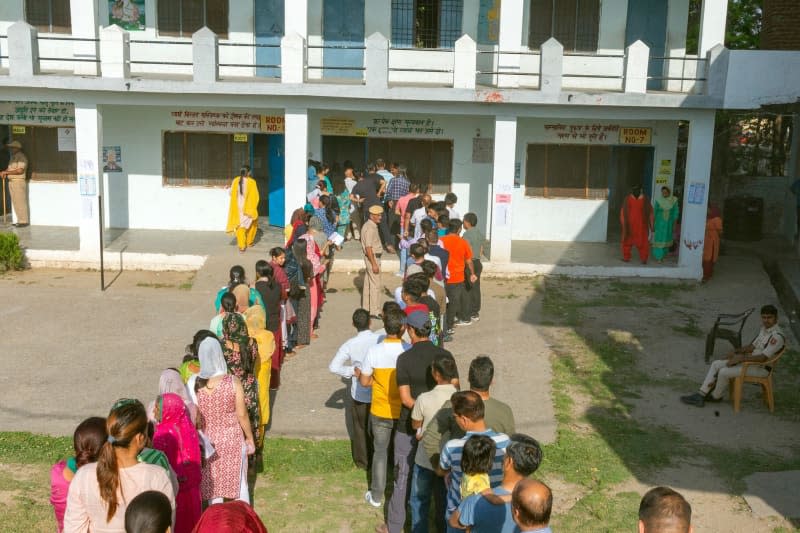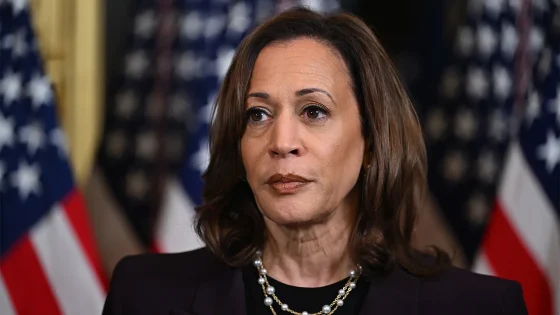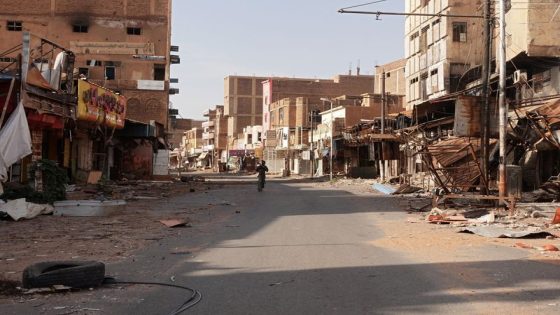India’s mammoth parliamentary elections came to a close on Saturday after more than six weeks of voting across the country.
The final polling stations closed in the world’s most populous democracy at 6 pm (1230 GMT), with results not expected until June 4.
Prime Minister Narendra Modi is favoured to win a third five-year term in office, with his nationalist BJP party hoping to extend its parliamentary majority.
The 73-year-old would be the first Indian leader to win a third term since inaugural prime minister Jawaharlal Nehru in the 1950s.
More than 500 seats were up for grabs in the Lok Sabha, the lower house of parliament, with at least 8,000 candidates standing.
Around 970 million voters were eligible to take part in the election, held across more than 1 million polling stations in several phases beginning in mid-April.
Modi remains popular in India, and the campaign by the BJP – which translates as Indian People’s Party – focused heavily on his personality and charisma.
The political opposition is relatively weak and fractured. Opposition leader Rahul Gandhi’s Congress Party, which once dominated Indian politics after independence from the United Kingdom in 1947, now holds power in only three of India’s 28 states.
Under Modi, India has risen to become the world’s fifth-largest economic power and is also playing an increasingly important political role as a counterweight to China.
Modi has invested heavily in modern infrastructure projects but economic growth has not been evenly distributed.
Unemployment remains high and poverty widespread, with many struggling to afford the basic necessities. According to the World Bank, the gross domestic product per capita is around $2,000 per year.

Source Agencies



